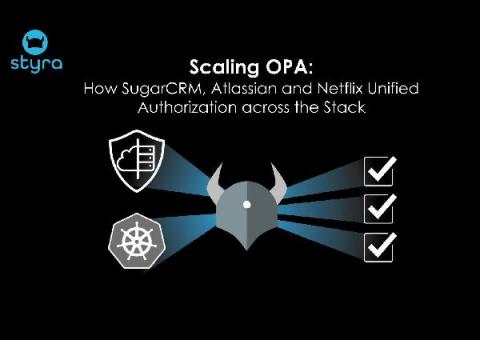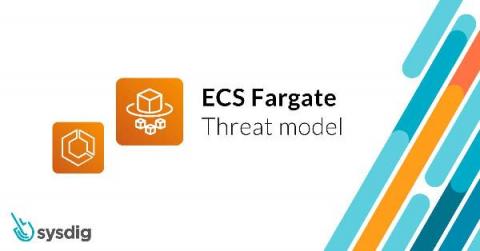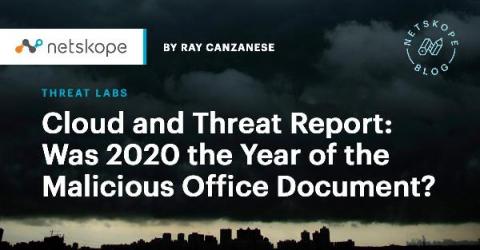Scaling OPA: How SugarCRM, Atlassian and Netflix Unified Authorization across the Stack
Open Policy Agent (OPA), now a graduated project from the Cloud Native Computing Foundation, has become the open-source tool of choice for millions of users, who leverage it as a standard building block for policy and authorization across the cloud-native stack. Given the flexibility of OPA — with practically limitless deployment options — it has been adopted for dozens of use cases across hundreds of companies.











